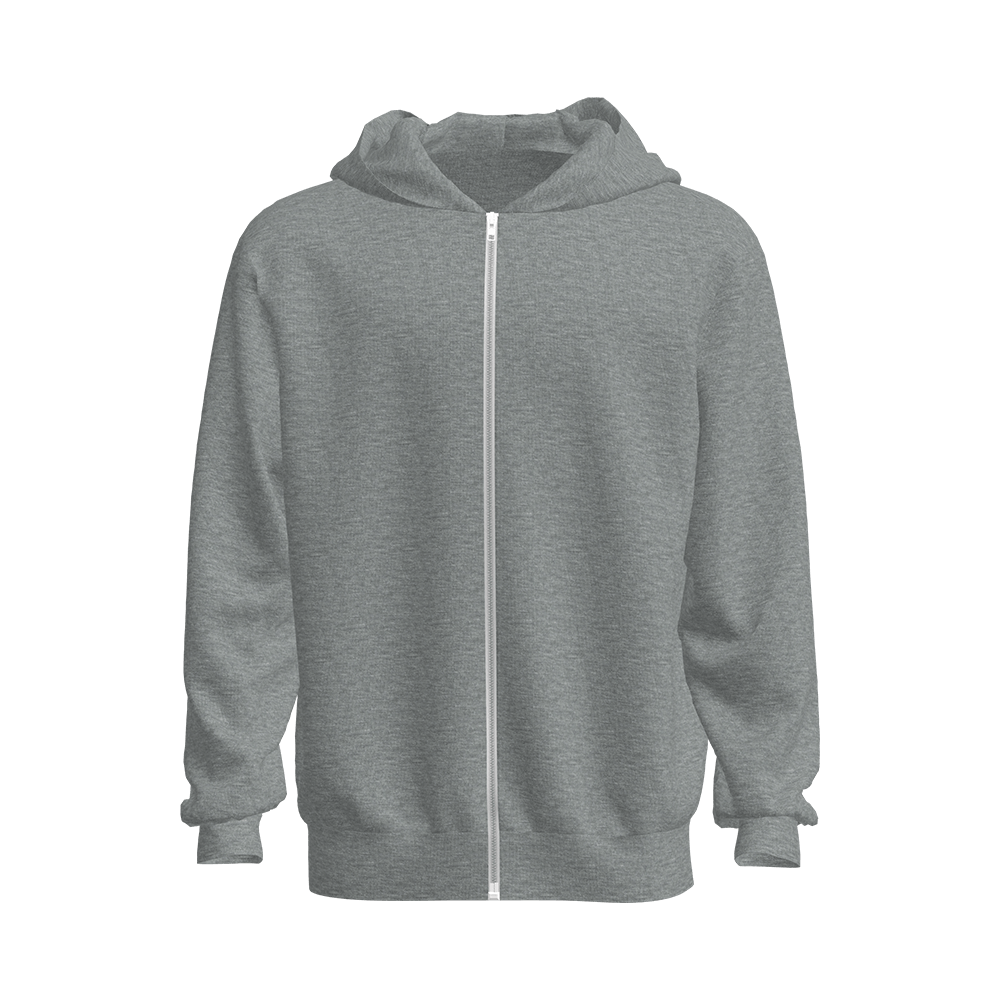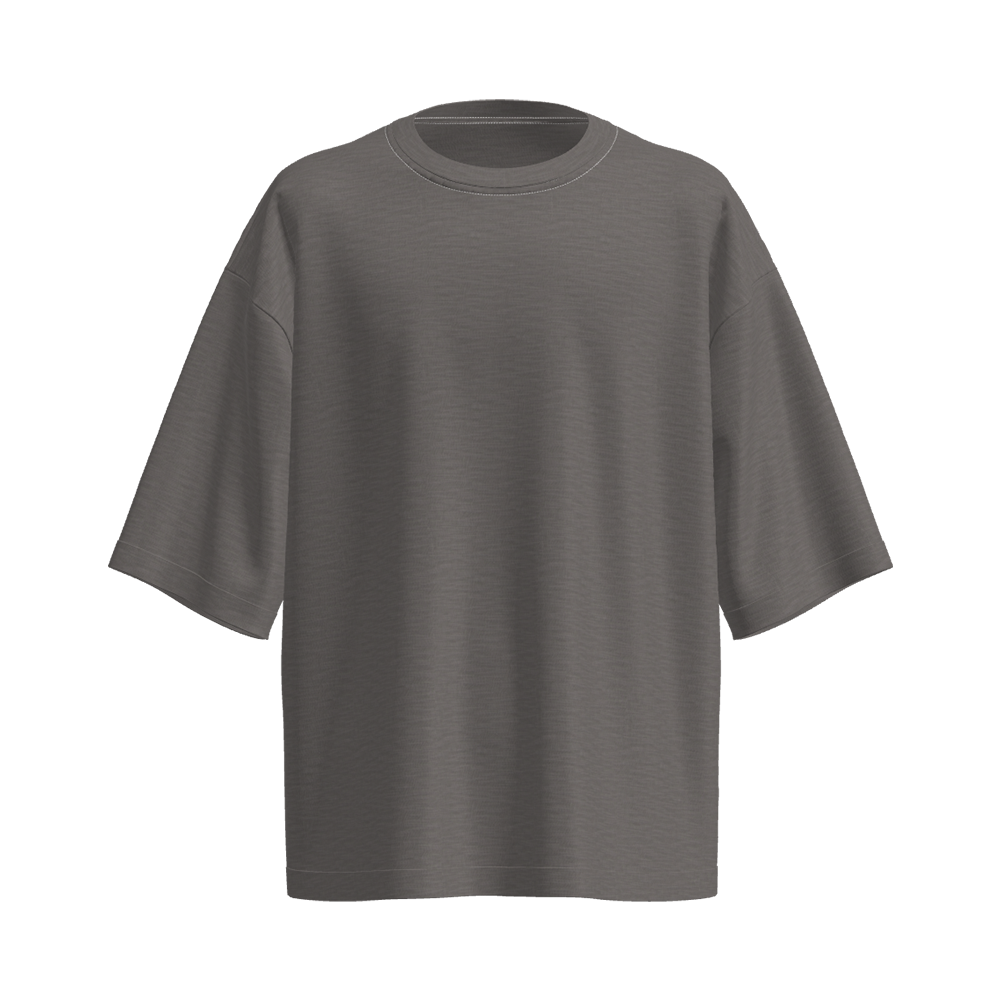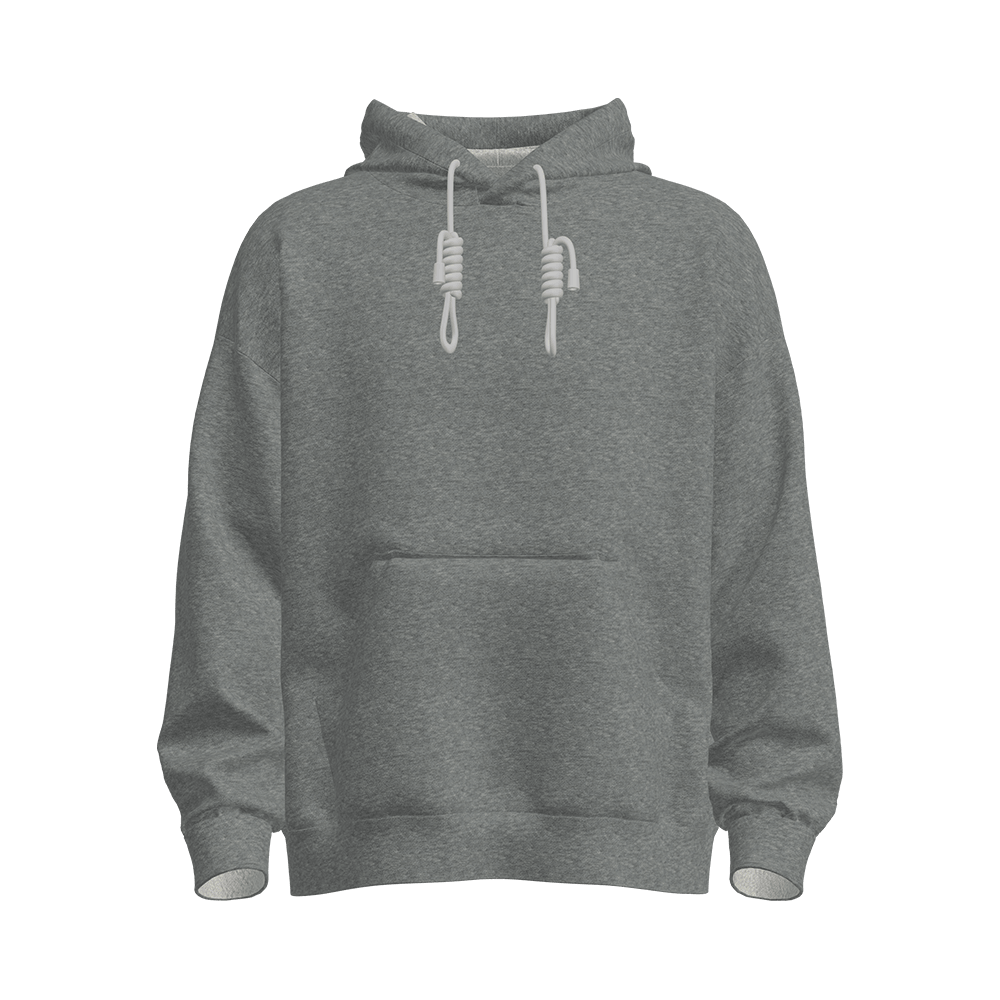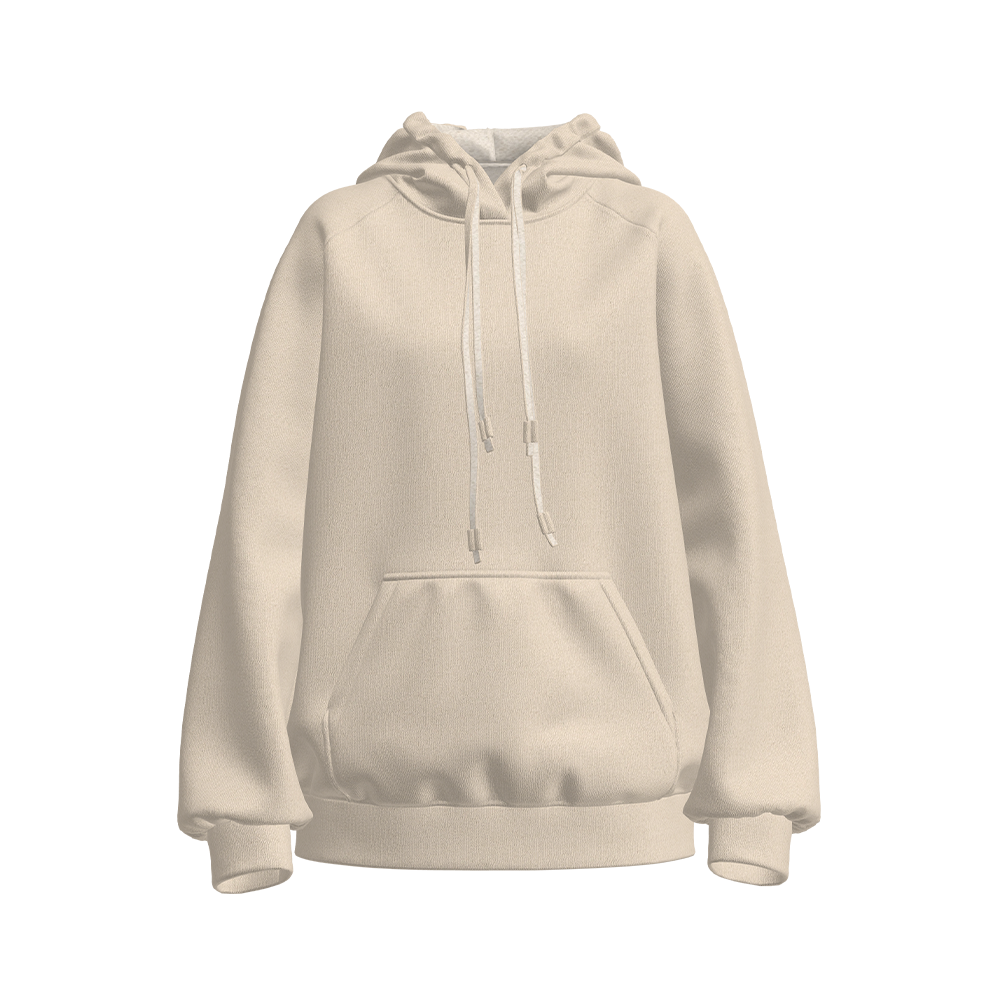
Graphene air layer fabric: How to become a dry guardian during high-intensity exercise?
Graphene, composed of a single layer of carbon atoms tightly arranged in a hexagonal lattice, is the most unique member of the carbon material family. Since it was first successfully isolated by scientists in 2004, graphene has quickly become a research hotspot in the field of materials science due to its excellent electrical conductivity, thermal conductivity, mechanical strength and unique two-dimensional structure. In the field of textiles, the introduction of graphene has brought revolutionary changes to traditional fabrics.
Graphene fabrics, by combining graphene nanoparticles or films with fiber materials, give the fabric a series of unprecedented properties. Among them, the most significant is its excellent breathability and antibacterial properties. These performance improvements are due to graphene’s unique nanostructure and interaction with fiber materials.
During high-intensity exercise, the human body will produce a large amount of sweat. If it cannot be eliminated in time, it will not only affect exercise performance, but also cause skin discomfort and health problems. Graphene air layer fabric perfectly solves this problem. Its excellent breathability is due to the tiny channels formed by the graphene nanostructure inside the fabric. These channels are like capillaries in nature, which can quickly guide sweat molecules to the outer layer of the fabric and evaporate, effectively preventing the accumulation of sweat inside the clothes and ensuring the body's dryness.
The breathability of graphene is not only reflected in its unique nanostructure, but also closely related to the design and production process of the fabric. By optimizing fiber arrangement and adjusting fabric thickness and porosity, the breathability of graphene fabrics can be further improved. In addition, the graphene air layer fabric also adopts a special air layer design, which forms a thin air layer inside the fabric. This air layer can not only enhance the thermal insulation performance of the fabric, but also improve the breathability to a certain extent. , allowing sweat to be discharged from the inside of the fabric faster.
In addition to its excellent breathability, graphene fabric also has good antibacterial properties. During exercise, sweat not only causes the body to become moist, but may also become a breeding ground for bacteria. The introduction of graphene effectively inhibits the growth of bacteria and reduces the generation of odor.
Graphene's antibacterial properties are mainly due to its unique surface structure and chemical properties. The surface of graphene has a large number of active sites, which can interact with phospholipid molecules on the bacterial cell membrane, destroying the integrity of the bacterial cell membrane, thereby achieving a bactericidal effect. In addition, graphene can also react with enzymes and proteins in bacteria to inhibit bacterial growth and reproduction.
In high-intensity sports scenarios, the antibacterial properties of graphene fabrics are particularly important. It not only reduces odor caused by sweat, but also prevents health problems such as skin infections to a certain extent. For sports enthusiasts, this means a healthier and more comfortable wearing experience.
Graphene air layer fabric has shown broad application prospects in the field of high-intensity sports equipment due to its excellent breathability and antibacterial properties. From the training clothes of professional athletes to the daily equipment of ordinary sports enthusiasts, graphene fabrics are gradually becoming the new favorite in the sports equipment market.
In the field of professional sports, graphene air layer fabrics are widely used in high-intensity sports such as running, basketball, and football. These projects have extremely high requirements on the breathability and antibacterial performance of sports equipment. The introduction of graphene fabrics not only meets these requirements, but also further improves the overall performance of sports equipment. For example, in running shoes, graphene fabrics can be used as insoles or upper materials to provide excellent breathability and antibacterial properties; in basketball uniforms, graphene fabrics can be used as underwear or jacket materials to ensure that athletes can perform high-intensity exercises. Stay dry and comfortable.
Among ordinary sports enthusiasts, graphene air layer fabrics are also widely popular. These consumers pay more attention to the comfort and health of sports equipment. The introduction of graphene fabrics not only improves the wearing experience of sports equipment, but also provides consumers with healthier and environmentally friendly choices.
LATEST POST
Let’s create something amazing together
contact usDon't hesitate to contact when you need us!



 English
English 한국어
한국어 中文简体
中文简体









 +86-512-52528088
+86-512-52528088 +86-512-14546515
+86-512-14546515

